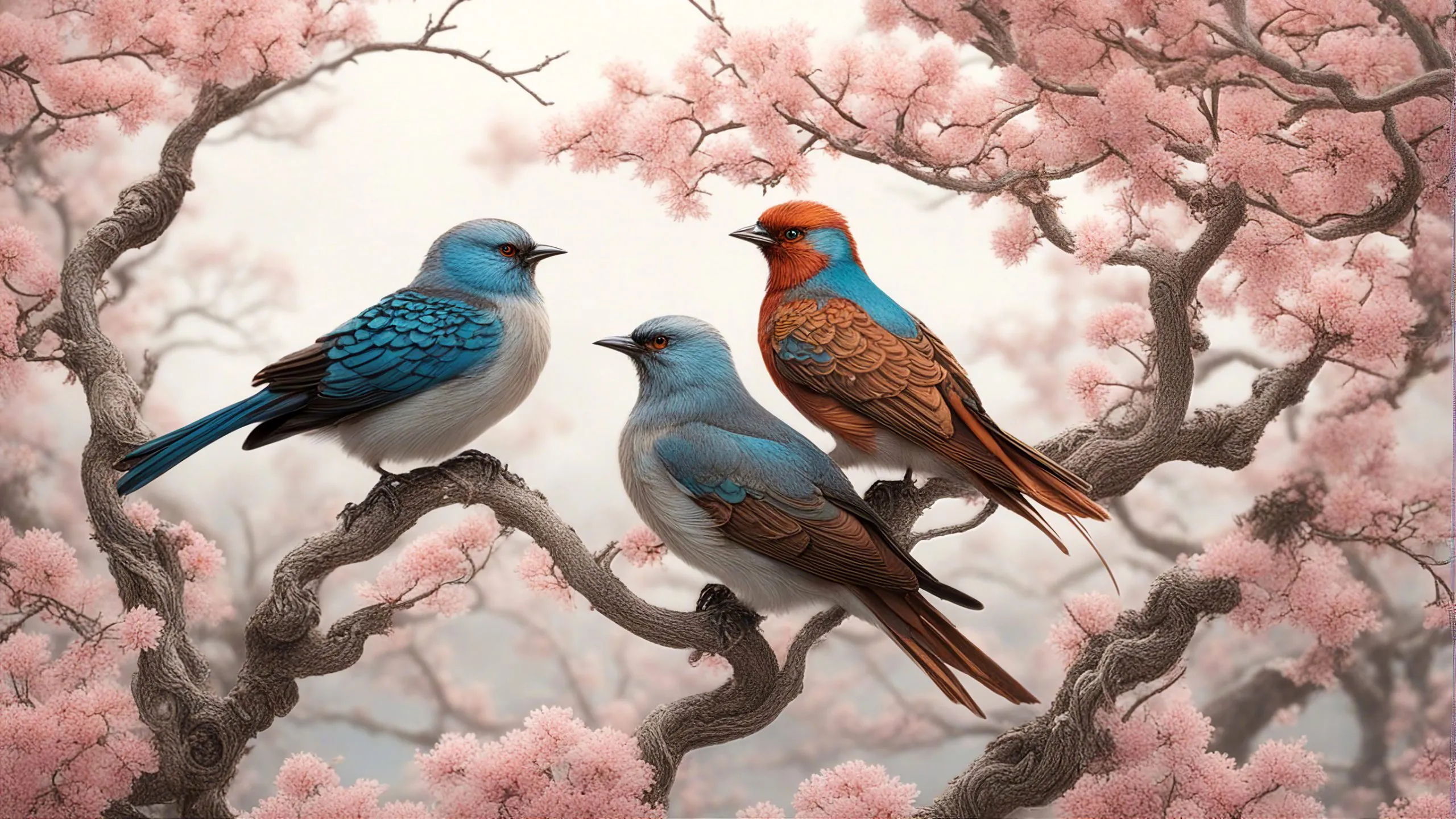The nightingale in Japanese culture
In the world of Japanese culture and folklore, birds occupy an important place. From the lucky crane to the fast-flying swallow, each bird carries its own meaning and beauty.
Today we focus on the nightingale, a bird whose enchanting song has inspired Japanese literature and art.
The nightingale and the art of listening
Unlike the crane, which is often depicted in visual arts, the nightingale is a symbol of auditory beauty.
In Japan, it is believed that the nightingale not only sings, but also gives the listeners a lesson in aesthetics.
In the tradition of haiku, where the emphasis is on experiencing the moment, the nightingale represents the temporary but intense joy of listening.
Symbols in literature
The nightingale often appears in Japanese poems and stories as a messenger of the natural world.
He reminds us to appreciate the little things, like the sound of wind through the trees or the rippling water of a stream. In many literary works, the nightingale is seen as the ultimate poet among birds.
Similarities and contrasts
The crane and the nightingale share some symbolic features. Both are associated with aesthetic beauty, albeit in different ways.
While the crane is often visually depicted as part of a peaceful landscape, the nightingale is more connected to the world of sound and emotion.
Conclusion
The nightingale in Japanese culture is not just a bird; It is a symbol that invites us to experience the world with more than just our eyes.
In a world increasingly focused on visual stimuli, the nightingale reminds us that there is beauty to be found in the simple yet profound experience of real listening.
Full-screen slideshow? Click on an image!

